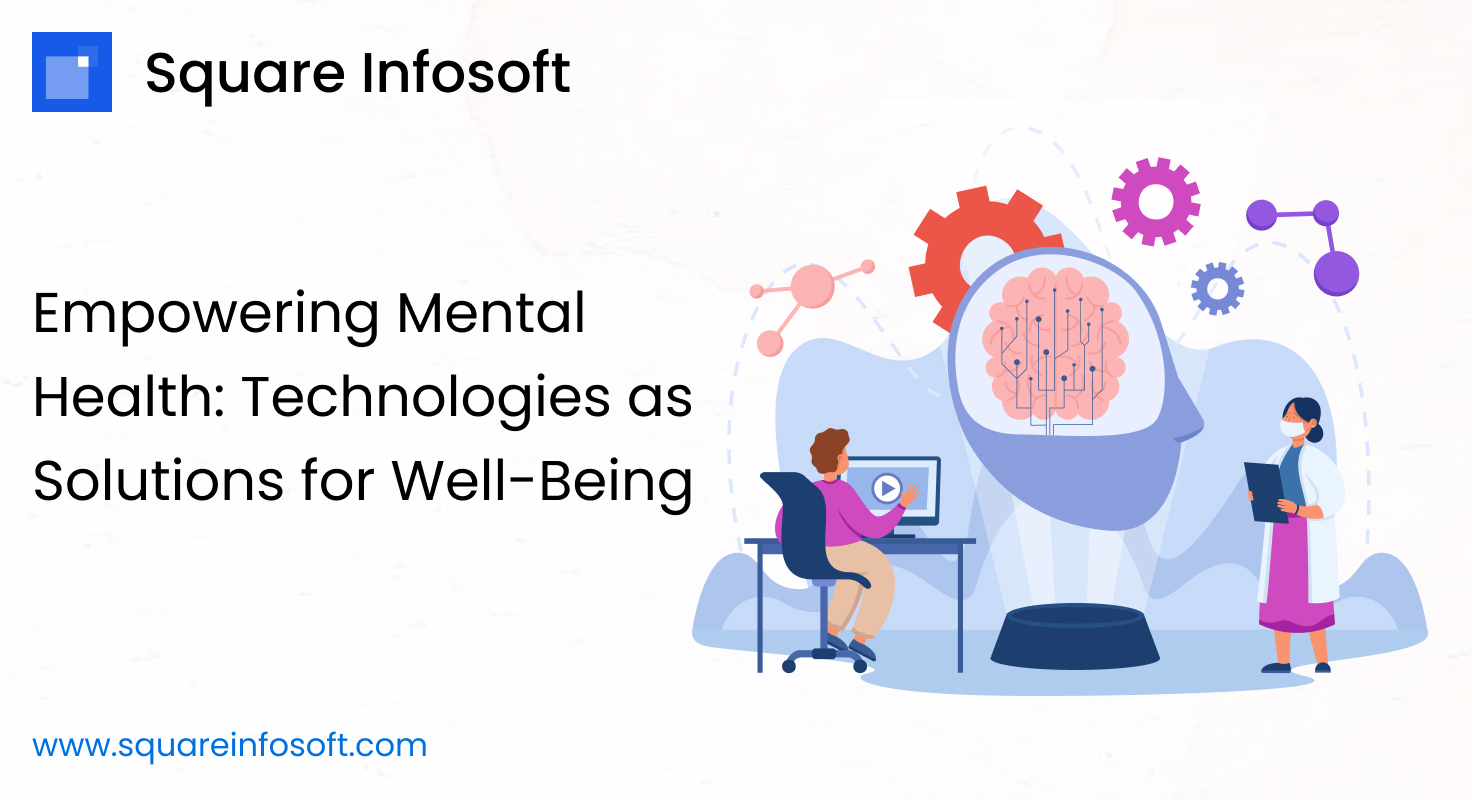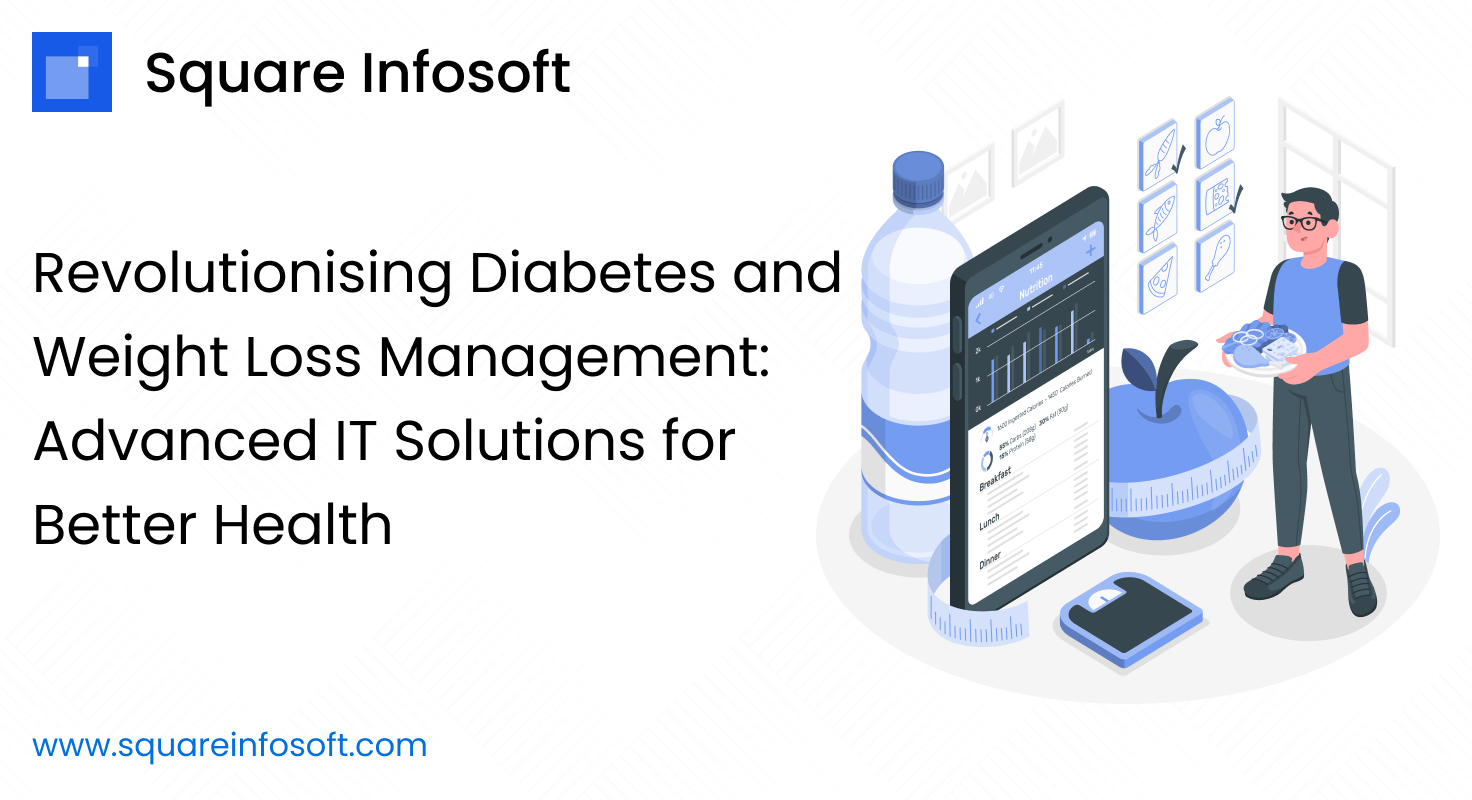Developing a mobile application for sales and marketing is a strategic initiative aimed at enhancing customer engagement, improving sales efficiency, and driving business growth. In this comprehensive guide, we’ll explore the key considerations, processes, and technologies involved in creating a mobile app for sales and marketing purposes.
1. Market Research and Analysis:
Before embarking on development, conduct thorough market research to understand the needs, preferences, and pain points of both sales professionals and customers. Analyze existing sales and marketing tools, CRM systems, and customer engagement platforms. Identify market trends, competitive landscape, and emerging technologies to define your target audience and unique value proposition.
2. Define Features and Functionalities:
Based on market research insights and stakeholder feedback, define the features and functionalities of your sales and marketing mobile app. Some essential features to consider include:
- Customer Relationship Management (CRM): Enable sales teams to manage customer contacts, track interactions, log activities, and view customer profiles and history.
- Lead Management and Tracking: Provide tools for capturing leads, assigning leads to sales representatives, tracking lead status, and prioritizing follow-up actions.
- Sales Pipeline Management: Visualize and track sales opportunities through the sales pipeline, including stages such as prospecting, qualification, proposal, negotiation, and closing.
- Activity Tracking and Analytics: Monitor sales activities, track performance metrics (e.g., calls made, emails sent, meetings scheduled), and generate reports and dashboards for sales analysis and forecasting.
- Marketing Campaign Management: Plan, execute, and track marketing campaigns across various channels (e.g., email, social media, SMS) and measure campaign effectiveness and ROI.
- Content Management and Sharing: Centralize marketing collateral, sales presentations, product information, and training materials for easy access and sharing with customers and prospects.
- Integration with External Systems: Integrate with existing CRM systems, marketing automation platforms, email marketing tools, and other business applications to streamline workflows and data synchronization.
3. Choose the Right Technology Stack:
Selecting the appropriate technology stack is crucial for building a scalable, secure, and user-friendly sales and marketing mobile app. Consider factors such as platform compatibility (iOS, Android, or cross-platform), backend infrastructure, database management system, and third-party integrations.
For frontend development, popular frameworks like React Native, Flutter, or native development using Swift (for iOS) and Kotlin (for Android) can be utilized. For backend development, you can choose from a variety of technologies such as Node.js, Python (Django or Flask), Ruby on Rails, or Java.
Utilize reliable databases like PostgreSQL, MongoDB, or Firebase for storing customer data, sales records, and marketing assets securely. Integrate APIs provided by CRM vendors, marketing automation platforms, analytics tools, and third-party services for seamless functionality.
4. Design and User Experience:
Create an intuitive and visually appealing user interface (UI) design that enhances the overall user experience (UX). Pay attention to factors such as ease of navigation, clarity of information, consistency in design elements, and accessibility across different devices and screen sizes.
Follow design principles such as responsive design, minimalist aesthetics, and intuitive interactions to create a user-friendly interface. Incorporate interactive elements, visual cues, and personalized recommendations to engage users and drive action.
Hence, developing a mobile application for sales and marketing is a strategic endeavor that requires careful planning, thorough research, and leveraging the right technologies. By understanding the needs of both sales professionals and customers, defining essential features and functionalities, and choosing the appropriate technology stack, organizations can create a powerful tool to enhance customer engagement, improve sales efficiency, and drive business growth.
Through market research and analysis, businesses can gain valuable insights into market trends, competitive landscapes, and emerging technologies, allowing them to define their target audience and unique value proposition effectively. By integrating features such as customer relationship management, lead management, sales pipeline tracking, activity analytics, marketing campaign management, and content sharing, organizations can streamline sales and marketing processes and boost productivity.
Selecting the right technology stack, including frontend frameworks, backend technologies, and database management systems, is crucial for building a scalable, secure, and user-friendly mobile app. By prioritizing design and user experience, organizations can create an intuitive and visually appealing interface that enhances usability and engagement across different devices and screen sizes.
In essence, a well-developed mobile application for sales and marketing can serve as a valuable asset for businesses, enabling them to effectively engage with customers, streamline sales processes, and drive business success in today’s competitive landscape. By embracing innovation and leveraging technology, organizations can stay ahead of the curve and achieve their sales and marketing objectives with greater efficiency and effectiveness.




